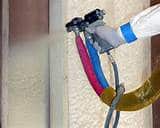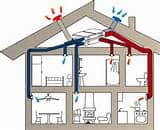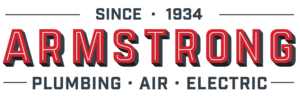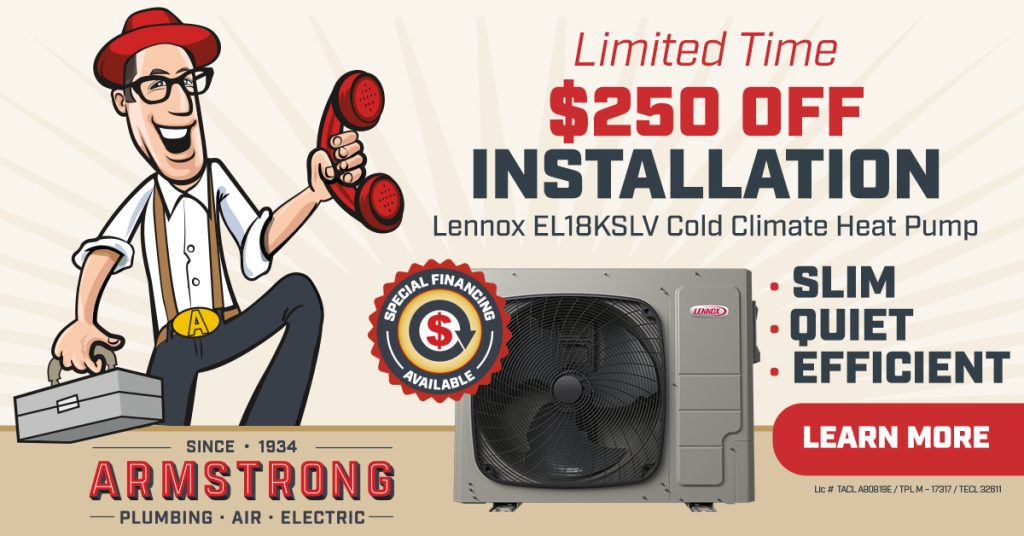As energy conservation efforts have increased over the past decade there has been more focus on building construction standards than ever before, creating 3 major concerns about insulation. With new products and new construction techniques being used, energy costs can be reduced. However, there may be additional design elements involved due to the use of these new types of materials. spray foam insulation
Concern #1

The use of open/or closed cell foam insulation being placed, or sprayed just below the roof deck in the attic space—most common problem seen by our industry!
During Construction, or during the addition of foam insulation, the owner should be aware that although this type of insulation can aid in the reduction of utility costs, it also impacts other areas of the home.
Once an attic has been tightly foamed for efficiencies it becomes a sealed envelope. Due to the "complete sealing of the Building envelope" the moisture or humidity produced during normal household activities can build up if Mechanical Ventilation is not added along with the addition of foam insulation.

Mechanical Ventilation consists of the following:
- An exhaust system,
- A supply system,
- or a combination of both
According to the IRC (International Residential code for family dwellings) the mechanical ventilation is designed to mechanically exchange indoor air with outdoor air when operating continuously or through a programmed intermittent schedule to satisfy the whole house ventilation rates. Ventilation will help remove the humidity, and exchange the stale indoor air with new fresh air from outdoors automatically.
Concern #2
Natural Gas fired appliances (furnaces, water heaters etc.) located within the home—the foam installation actually seals up the space so tightly, that these types of appliances may not have an adequate oxygen supply for the combustion process.
These appliances should be installed as, or replaced with, direct vent type and draw their combustion air from outside the insulated space through a dedicated piping system. Otherwise unsafe operating conditions may exist. Relocation of the insulated barrier upwards to the top of the structure increases the total volume of the conditioned space and will have an impact on the overall capacity (sizing), and airflow requirements of the heating and cooling system.
Concern #3
Longevity and fragility of the insulation once it has been installed and the space is occupied
The foam is intended to seal up the space and to keep the movement of air in and out of the envelope at a minimum. What happens when you need another cable TV outlet for a new television being added to the newly developed outdoor living space and the installer cuts a man-sized hole through the insulated mesh wall to gain access to the ceiling above the patio? The value of the insulation and its ability to maintain efficiency has instantly been compromised. The utility savings and indoor comfort level will not reflect the initial cost of the foam insulation over conventional insulation, without immediate repair.
If you find that your home is sealed too tightly, not allowing it to "breath", you will usually experience symptoms. (Moisture, mildew, stale air, cooking odors, etc.) The good news is there are solutions. Call your Home Comfort Specialist. They can help you find a solution that’s right for you and your family.
This is a hot topic right now! Let me hear your comments or questions below.







